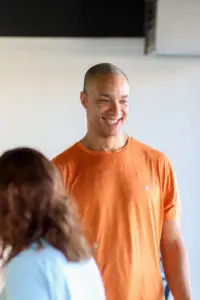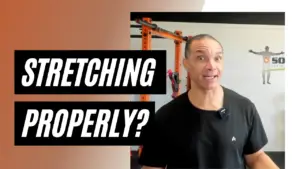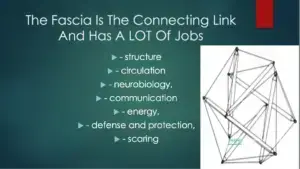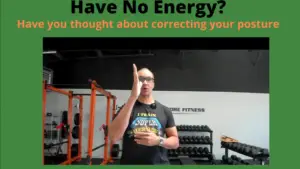
Small Daily Habits Over Time Yield Big Results In Health And Fitness
We talk a lot about the power of daily habits. It’s IMPOSSIBLE to overstate their importance. Every little thing you do every day adds up over time. This is how you eithera) get where you want to be or 😄b) don’t.☹️ People today want a magic pill to “fix” them. A fat blocker, an energy









